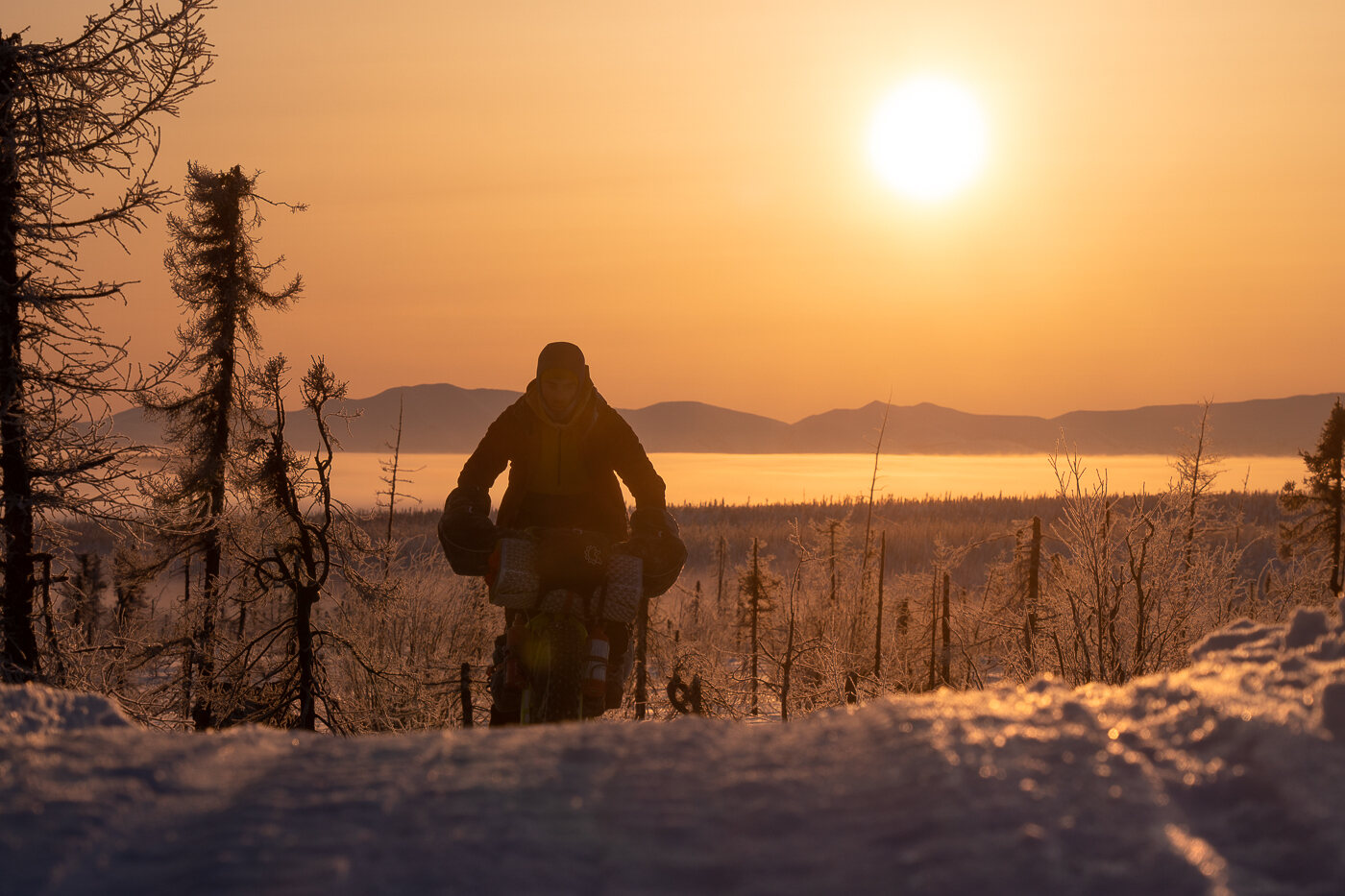Lost Trading Routes Of The Iditarod Trail

Imagine a path where sled dogs once raced across snowy landscapes, carrying supplies and mail to remote Alaskan towns. This is the Iditarod Trail, a historic route that tells tales of adventure and survival. Originally a lifeline for gold miners and settlers, this trail has transformed into a celebrated dog sled race. Each year, mushers and their teams of dogs brave harsh conditions, retracing steps of those who came before. The trail stretches over 1,000 miles from Anchorage to Nome, showcasing Alaska's rugged beauty. Along the way, participants face challenges like blizzards and icy rivers, testing their endurance and skill. The Iditarod isn't just a race; it's a tribute to the spirit of exploration and the bond between humans and their canine companions. Whether you're a history buff or an adventure seeker, the Iditarod Trail offers a glimpse into a world where determination and teamwork reign supreme.
The Iditarod Trail: A Glimpse into History
The Iditarod Trail is more than just a famous sled dog race. It’s a path steeped in history, once bustling with traders, gold seekers, and adventurers. Let’s journey through some of the lost trading routes that made this trail legendary.
1. Seward: The Gateway to the North
Seward, a quaint coastal town, served as the starting point for many traders. Its ice-free port was crucial for shipping goods and supplies to the interior of Alaska.
- Historical Significance: Seward was the primary entry point for goods heading to the gold fields.
- Modern Day: Today, it’s a charming town with stunning views and rich history.
2. Knik: The Trading Hub
Knik was once a bustling trading post, where traders and miners gathered before heading deeper into the wilderness.
- Historical Significance: It was a key supply center during the gold rush era.
- Modern Day: Now, it’s a quiet area with remnants of its vibrant past.
3. Rainy Pass: The Mountain Crossing
Rainy Pass, nestled in the Alaska Range, was a challenging yet vital part of the trail. Traders braved harsh conditions to cross these mountains.
- Historical Significance: It was a critical passage for those heading to the interior.
- Modern Day: Adventurers still traverse this pass, though now for sport rather than trade.
4. Iditarod: The Ghost Town
Iditarod, once a bustling gold mining town, is now a ghost town. It was a key stop for traders and miners alike.
- Historical Significance: It was a major trading center during the gold rush.
- Modern Day: The town is abandoned, but its history echoes through the empty streets.
5. Shageluk: The River Connection
Shageluk, located along the Innoko River, was an important trading post for native communities and traders.
- Historical Significance: It served as a link between river and land routes.
- Modern Day: The community remains, preserving its cultural heritage.
6. Nome: The Gold Rush Destination
Nome was the ultimate destination for many traders and miners. Its beaches were rich with gold, drawing people from all over.
- Historical Significance: Nome was the heart of the gold rush, with bustling trade and commerce.
- Modern Day: It’s a vibrant town celebrating its gold rush history.
These places along the Iditarod Trail tell stories of adventure, hardship, and the relentless pursuit of fortune. Each stop offers a glimpse into a bygone era, where the spirit of exploration and trade thrived.
Rediscovering the Iditarod Trail's Legacy
The Iditarod Trail isn't just a path through Alaska's wilderness; it's a journey through time. Once a bustling network for trade and communication, this trail now stands as a testament to human resilience and ingenuity. From its origins as a vital trading route to its transformation into the world-famous Iditarod Sled Dog Race, the trail has witnessed countless stories of adventure and survival. Today, it serves as a reminder of the rich history and cultural significance embedded in every mile. Exploring these lost trading routes offers a unique glimpse into the past, connecting us with the pioneers who once traversed this rugged landscape. As we reflect on the Iditarod Trail's legacy, we gain a deeper appreciation for the challenges faced by those who came before us and the enduring spirit that continues to inspire adventurers today.

